TndrBOX was a proud sponsor of the golden Gate Mothers Club/Baby Loves Disco party on Saturday, August 24. The event was a lot of fun; great music and super messy, interactive experiments that sneakily introduced concepts like surface tension, densities of liquids, momentum, mass and energy conservation and gravity. The kids (and some parents!) had a lot of fun experimenting with Colorful Milk Swirls, Lava Lamp and Rolling Car. The ambience was perfect for the Colorful Milk Swirls and lava Lamp!
We also had our first raffle contest. Congratulations to our winners Violet and Garrett! You guys just scored a two month Preschool TndrBOX subscription. You will find your TndrBOX containing messy, exciting experiments at your doorstep soon!
We also had our first raffle contest. Congratulations to our winners Violet and Garrett! You guys just scored a two month Preschool TndrBOX subscription. You will find your TndrBOX containing messy, exciting experiments at your doorstep soon!
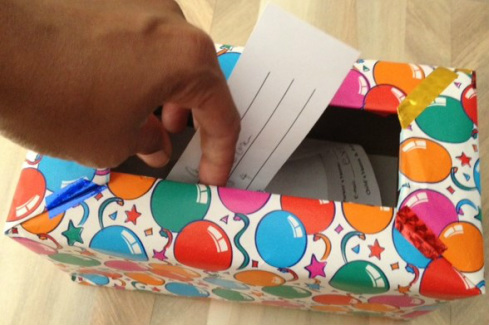
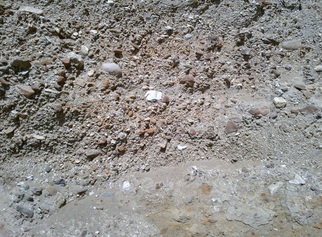
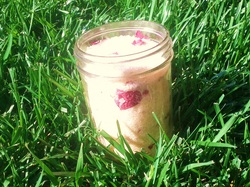
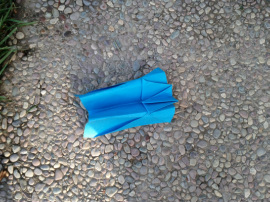
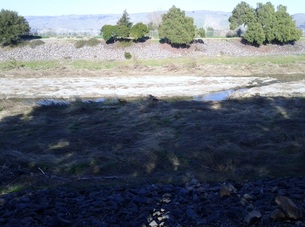
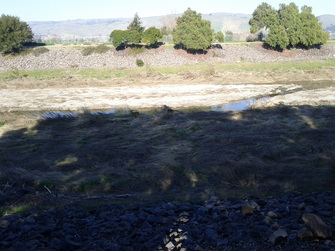
 RSS Feed
RSS Feed